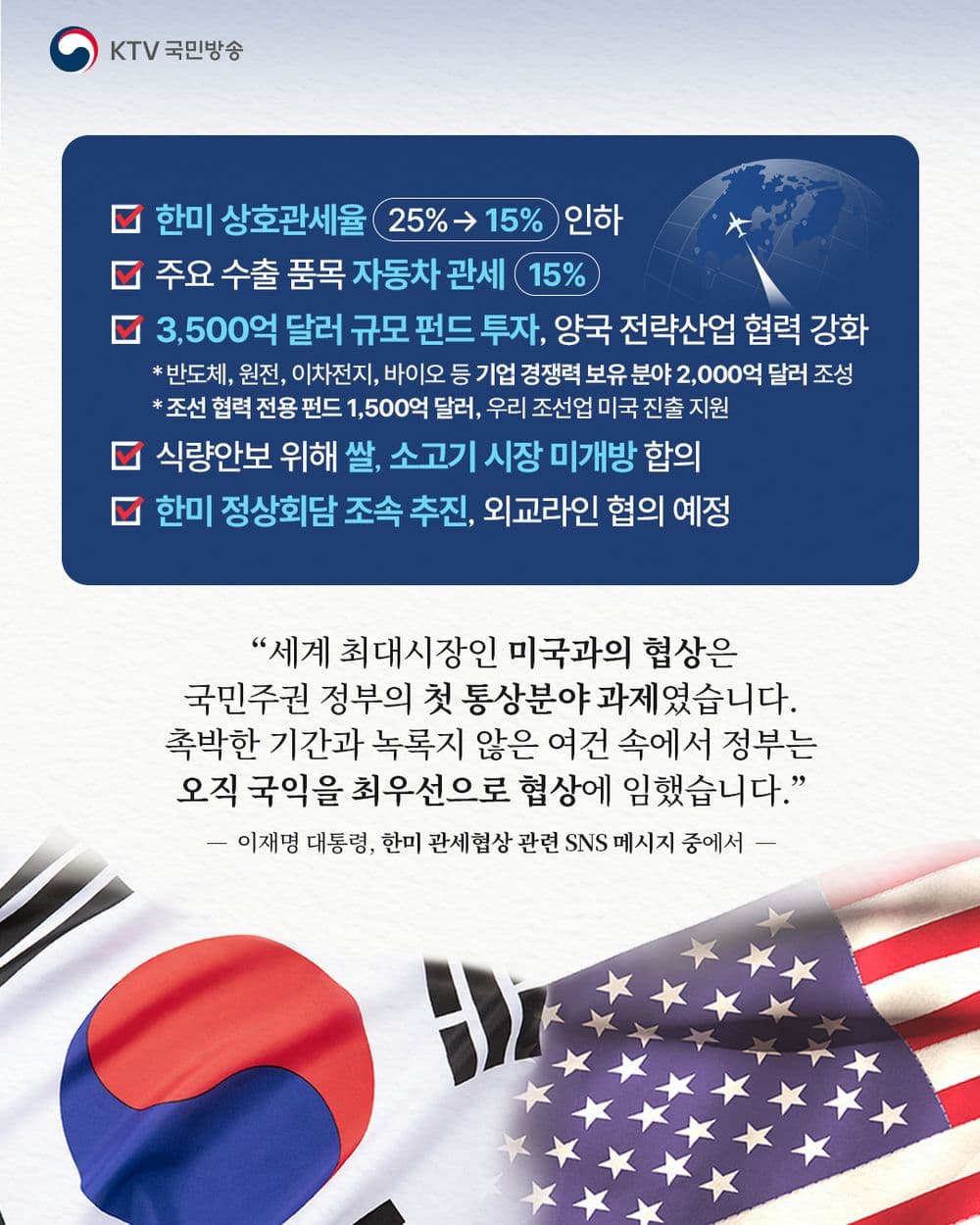What’s Behind Korea’s Latest US Tariff Deal? Breaking Down the August 1 Deadline

Pressure and Negotiation: How the Deadline Shaped the Talks
Did anyone follow the countdown to August 1? The US announced a sharp increase on tariffs for Korean exports—up to 25% on all goods—unless a new deal emerged prior to the deadline. This move wasn’t just about numbers; President Trump leveraged the deadline as a way to push for major changes in the trading relationship. The Korean government scrambled to align responses from ministries and industrial giants, ultimately bringing executives from Samsung, Hyundai, and Hanwha to the negotiation table in Washington. Fans on Korean platforms like 에펨코리아 and 디시인사이드 expressed anxiety and pride: many worried about car prices and tech jobs, but others saw this as a test for Korea’s economic clout. Positive comments highlighted how “Korea finally predicts Trump’s tactics,” while negative ones questioned whether concessions were too steep.
Details of the Deal: Tariffs, Investments, and Who Pays?

Here’s the big reveal: after overnight negotiations, South Korea avoided the 25% penalty by agreeing to a blanket 15% tariff on most exports starting August 1. But there’s more! Korea pledged $350 billion in investments for US infrastructure, manufacturing, and $100 billion in future LNG energy purchases. In exchange, US automakers get expanded access to Korea, and agricultural products—like beef and grains—are formally included in the deal. For community sentiment, 네이버 블로그 reactions were split. Comments celebrated the tariff drop (“Japan and the EU got the same deal, why not us?”), while some bristled at the size of Korea’s investment (“A lot of money to shield Hyundai and Samsung, right?”). Still, analyses note the deal shields key industries and jobs. Many posts on 티스토리 evaluated how the outcome compared with Japan’s agreement, while elsewhere, Korean users asked if local farmers got enough protection.
Industry Impact: Automotive, Tech, Agriculture, and Energy
This deal hit major sectors differently. The auto industry avoids a total export freeze—Kia and Hyundai still pay more, but they can keep selling and will ramp up US production. Tesla and GM, in turn, get more access to Korean buyers. The semiconductor field (think Samsung, SK Hynix) faces big pressure to invest in US chip factories. Steel tariffs remain tough, but a new co-investment fund benefits Korean shipbuilders. On the logistics side, July saw a rush of exports before the deadline, then a slowdown once costs rose. Supply chain managers are now scrambling to reroute cargoes and renegotiate shipping deals. On 네이버, industry blogs discuss how “the tariff shock” will lead to new North American assembly lines and creative logistics solutions. Digital and agriculture sectors see ongoing negotiations, with Korean farmers relieved to avoid floodgates of US rice and beef. Comments on PGR21 highlight skepticism (“Are investments really worth it for less tariffs?”) but recognize the necessity.
Cultural Insight: Trade, National Pride, and Fandom Reaction
Let’s pause for a cultural snapshot! International fans often misunderstand Korea’s export dependency and how much national pride is tied to industrial achievement. This negotiation wasn’t just political; it was a high-stakes test of Korea’s confidence and bargaining skills on the world stage. Community sentiment on Daum and 네이버 shows that every new trade announcement turns into a fandom moment, with users defending or critiquing leaders in meme-filled threads. Older generations stress the importance of protecting jobs, while younger ones debate global strategies online. For context, unlike in the West, Korean news doesn’t just report; it becomes a discussion space where economic choices are intimately linked to national status. In this story, the August 1 trade deal became a national “event” and just as much a social and cultural moment as an economic one. Everyone’s watching what happens next—will the investments pay off, and do Korean producers find new ways to compete globally?
Discover More

When a Birthday Turned Bloody: The Incheon Father-Son Tragedy
A routine birthday celebration in Incheon’s Songdo ended in a fatal shooting that stunned Korea, revealing the suspect’s disturbing 27-year-old criminal past and sparking intense online debate.

Forklift Horror: Migrant Worker Abuse Sparks Outcry in Naju
A viral video from Naju's brick factory showed a Sri Lankan worker tied to a forklift, sparking national outrage, official probes, and highlighting migrant rights issues.